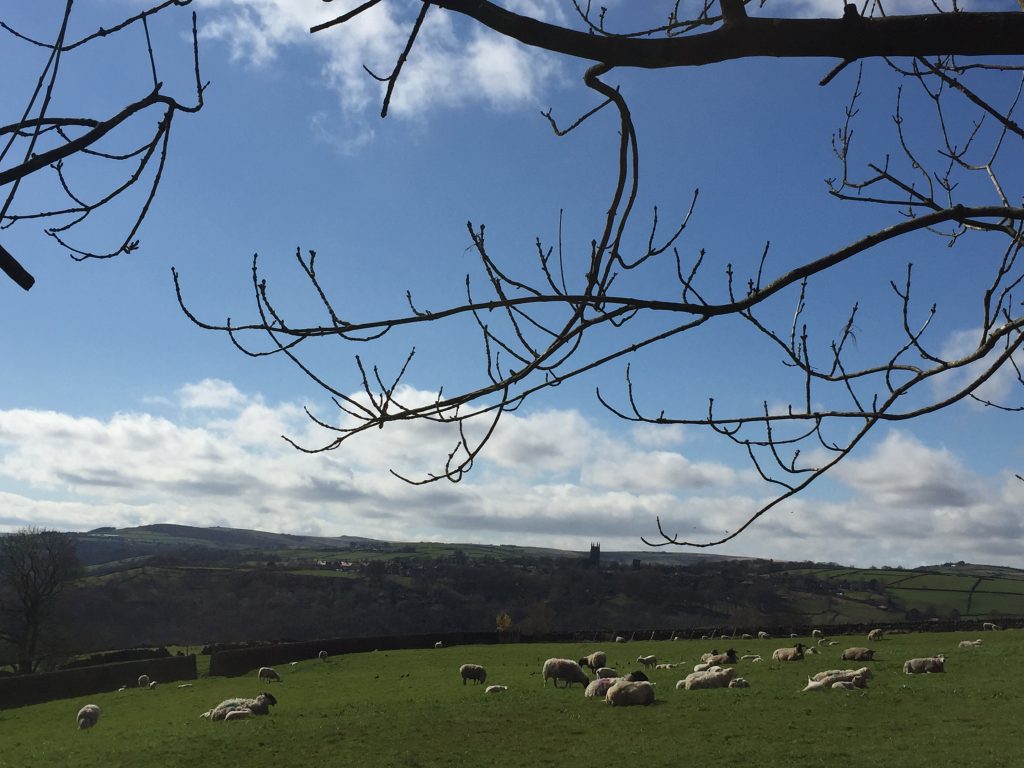
Ever since I visited Hebden Bridge in 2015 and it subsequently becoming my home in 2017 I’ve been drawn to and fascinated by Old Town. It’s a small settlement up on the hill above Hebden yet quite different in character from Heptonstall. From Hebden the outline of Old Town Mill , sometimes known as Prospect Mill, sits atop the ridge and not much else of the small town can be seen. Over the last couple of years I’ve visited the shell of the empty mill and witnessed the construction for new apartments behind it. Much of the ‘town’ is made up of new housing developments, one making up the area called Chiserely, mainly council housing built probably in the 1960s. Apart from the remains of Old Town Mill and ‘The Pig and Chickens’ as I call ‘The Hare and hounds’ pub (for obvious reasons) I’d not much interest in the town.
Here are some of my favourite photos I’ve taken of the town:

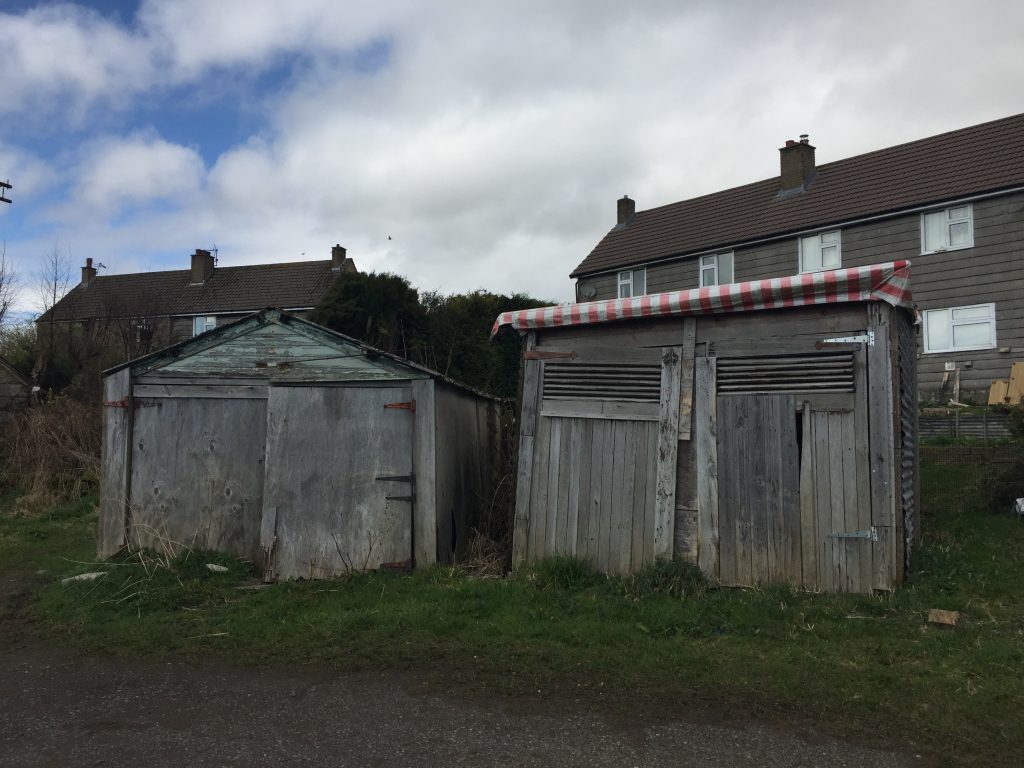
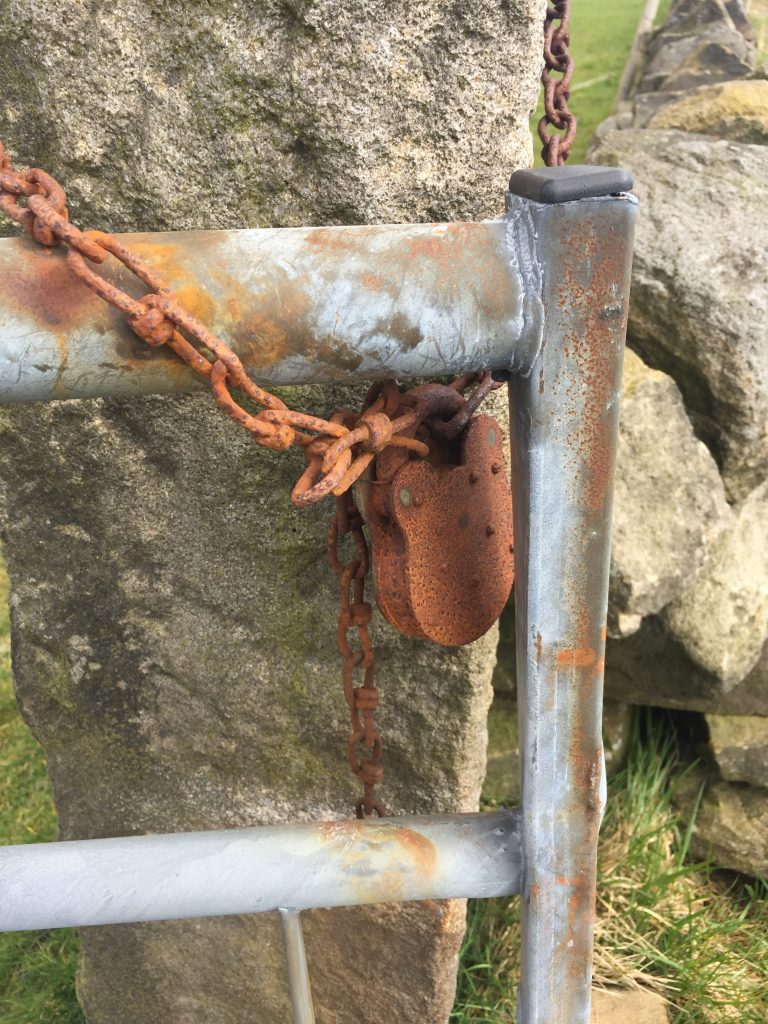
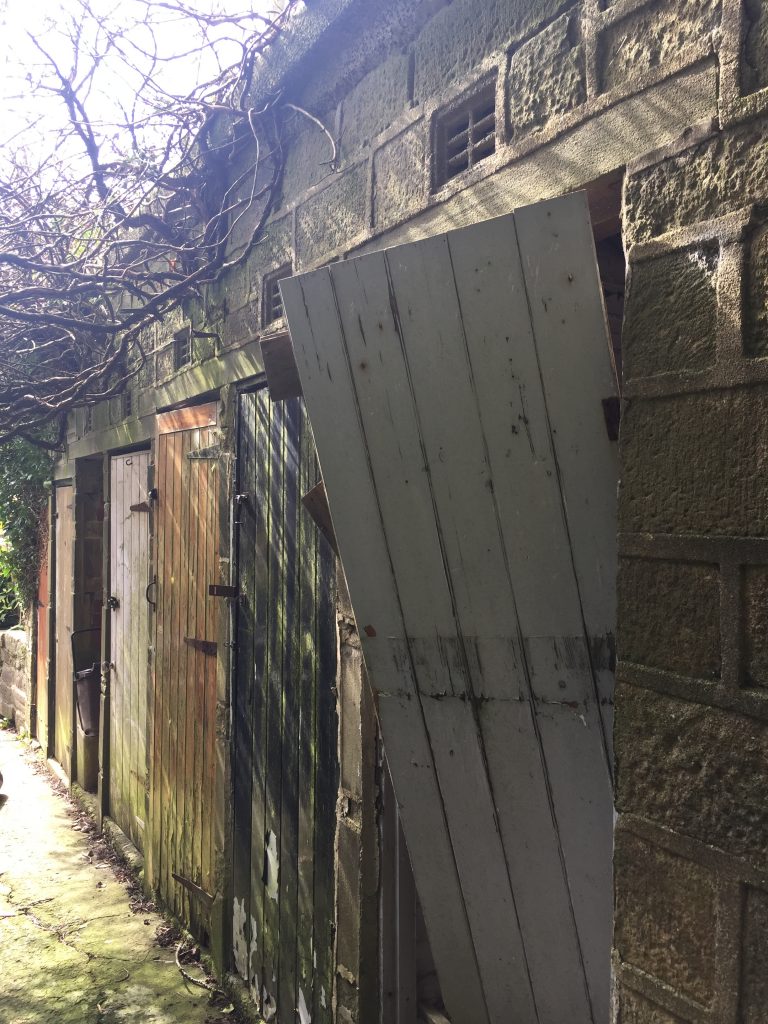
Also in Old Town was Acre Mill and two days ago I discovered that it was one of my Hoyle family who had actually built Acre Mill in 1859. It was a distant connection, through a late second marriage but the connection was there none-the-less and so, with sunshine forecast for the afternoon, really making me believe that Spring had sprung, I set off to explore the hilltop town in a little more detail. For the dreadful story of Acre’s mill and asbestos contamination read:
https://www.hebdenbridge.co.uk/features/acremill.html
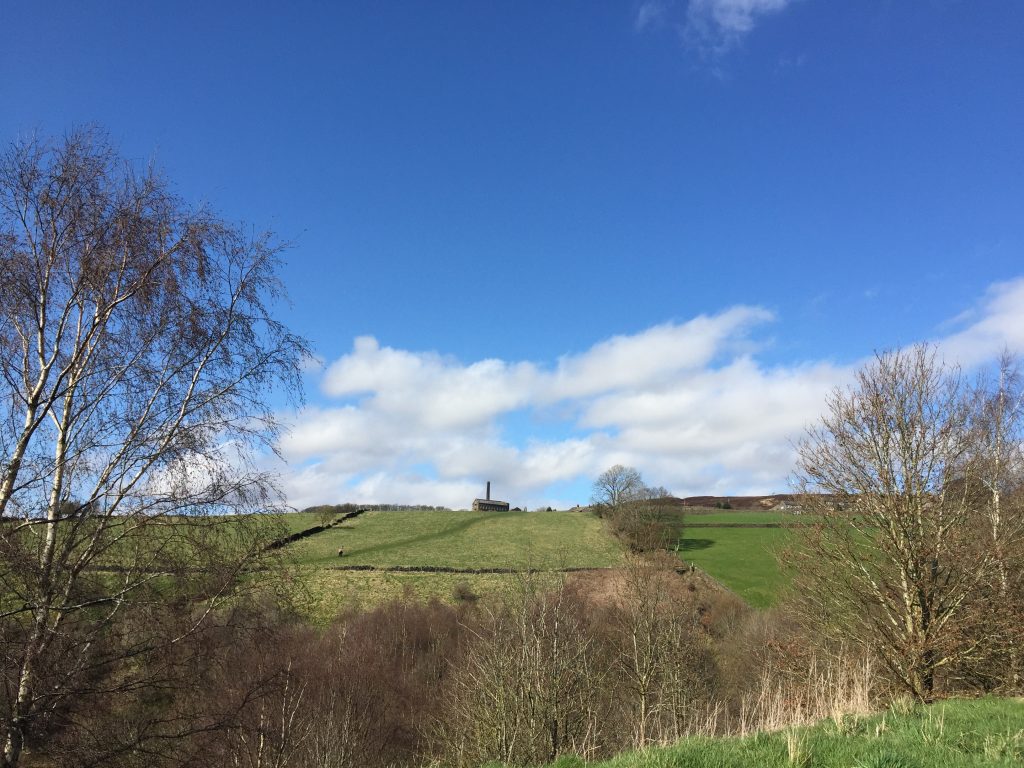
Taking the zippy bus to the top of the hill, about 1000ft above sea level the town is the same height as Heptonstall. I took the little path adjoining Old Town Mill and notice of the first time three stone plaques on the opposite wall. I guess it was the way the sun was catching their outline on the wall. The plaques told of the former stream that ran under the wall supplying water to the mill.

I’d wondered how a mill could have survived on the hilltop since mills were fed by water power, and I’d once chatted to a lady who lives in the former home of the mill manager who had told me that the hike up to the reservoir that supplied the water power was an easy hike. (Update Aug 2021. I spent a wonderful half hour chatting to the manager of the construction at old Town Mill and he pointed out that what I had been told was the manager’s house had been downstairs an engine room and below ground was a tunnel where the coal from the archway on the mill accessed the engine room. He showed me the place on the outside of the house where the sliding doors of the engine room attached).Well, the weather looked good for the challenge.
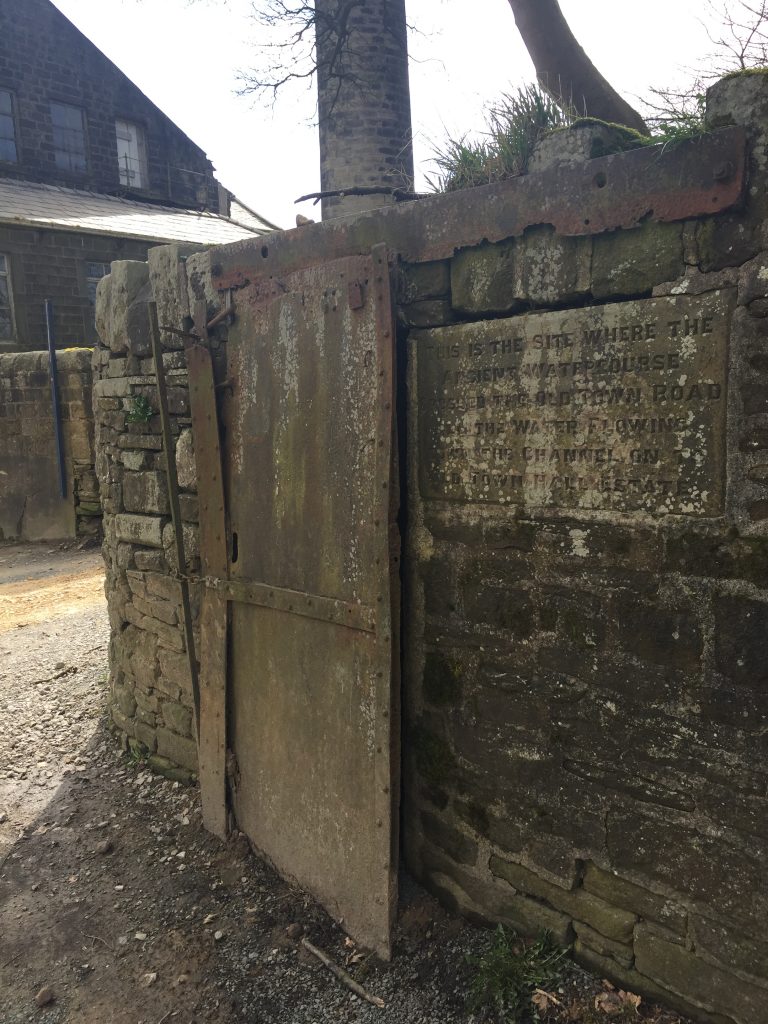
Although from the Calder valley it appears that Old Town sits on top of the hill there is, in fact, a further hill above Old Town. It’s open moorland, covered in heather and I didn’t think there were any buildings on this moor. The narrow track led up from the playground opposite the mill and I saw a van coming down the hillside in front of me. that was a good sign because that meant that the road would be passable. I soon found myself on a concrete paved road that led steeply up and I could see the flat topped outline of the reservoir.

Just before reaching it I came to a farm with formal gateposts which turned out to be Allswell equestrian centre. However, on old maps it’s marked Bog Eggs. In fact the entire hilltop here is name Bog Eggs! I couldn’t access the reservoir or walk around it.
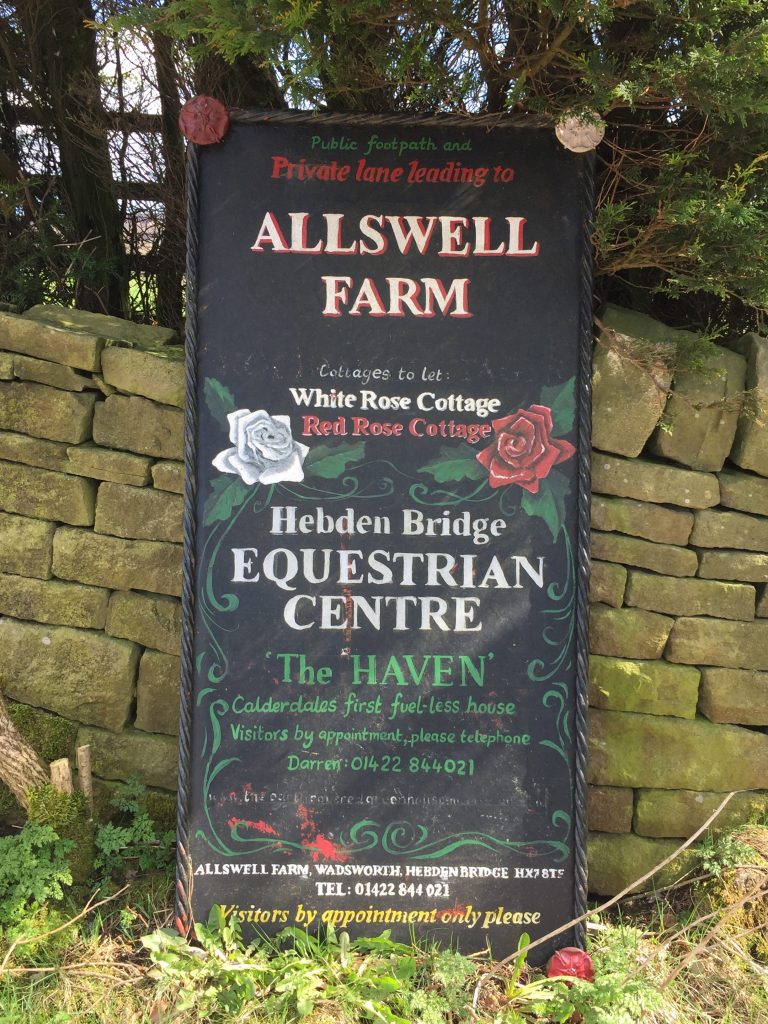
There’s both a barbed wire fence around it and one of those easily recognisable reservoir walls, but it really felt like being on top of the world. I could even see a couple of other very isolated farm buildings on the moors though I couldn’t see pathways marked to them on the map.
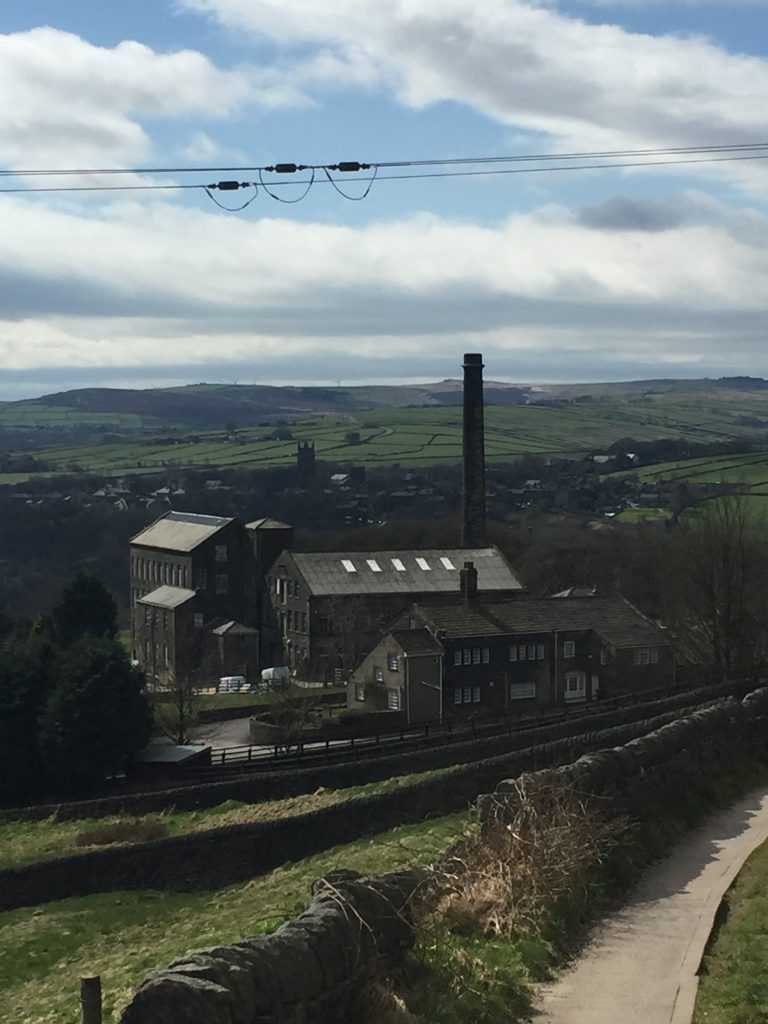
Returning down the track I had fantastic views , looking down on Old Town Mill and beyond. My next objective was to find Chiserley Hall where Thomas Dent Hoyle was living in 1898. He was 6th of 10 children of James Hoyle who had established Acre Mill in 1855. When I’d discovered my connection to Chiserley Hall the previous evening I’d tried most unsuccessfully to find out anything about the place. Nothing. I knew of its location from the map of 1851 but realised that if it still existed at all today it was completely surrounded by a modern housing estate. Since I couldn’t find anything I presumed that it had been demolished. But with street map in hand and one photo of a tiny footpath which the author that said ‘needs a haircut’ which showed a glimpse of ‘Chiserley Hall barn’ at its end. I found the track and could catch glimpses of an old blackened hall through the trees which definitely needed more than a major trim.
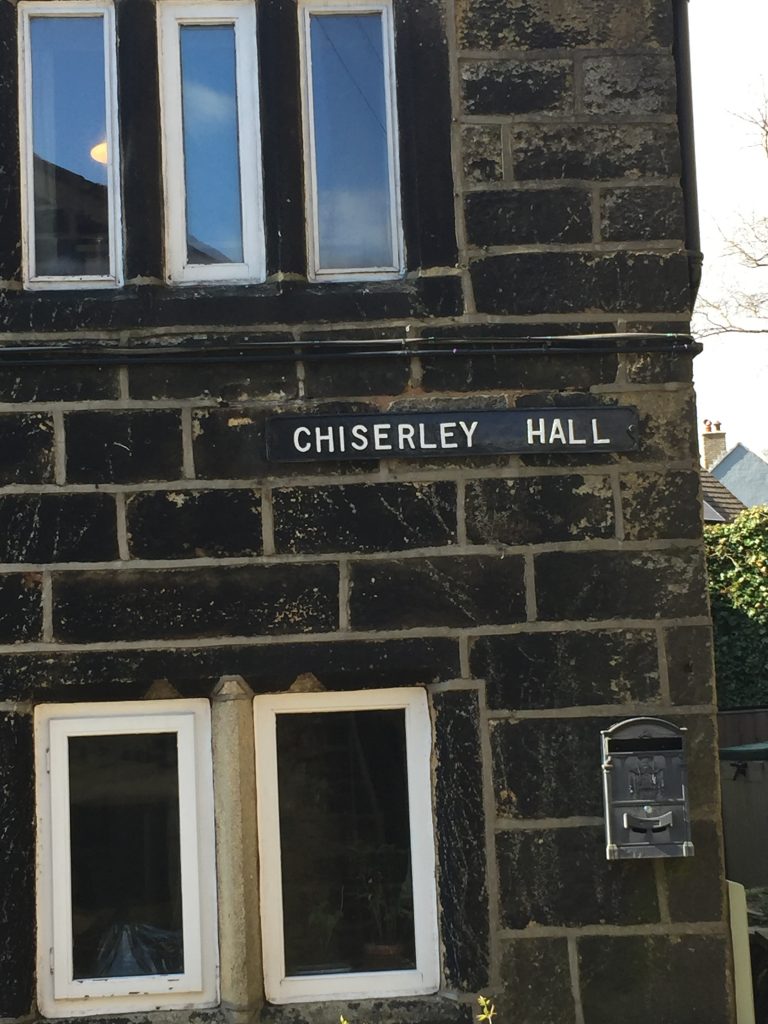
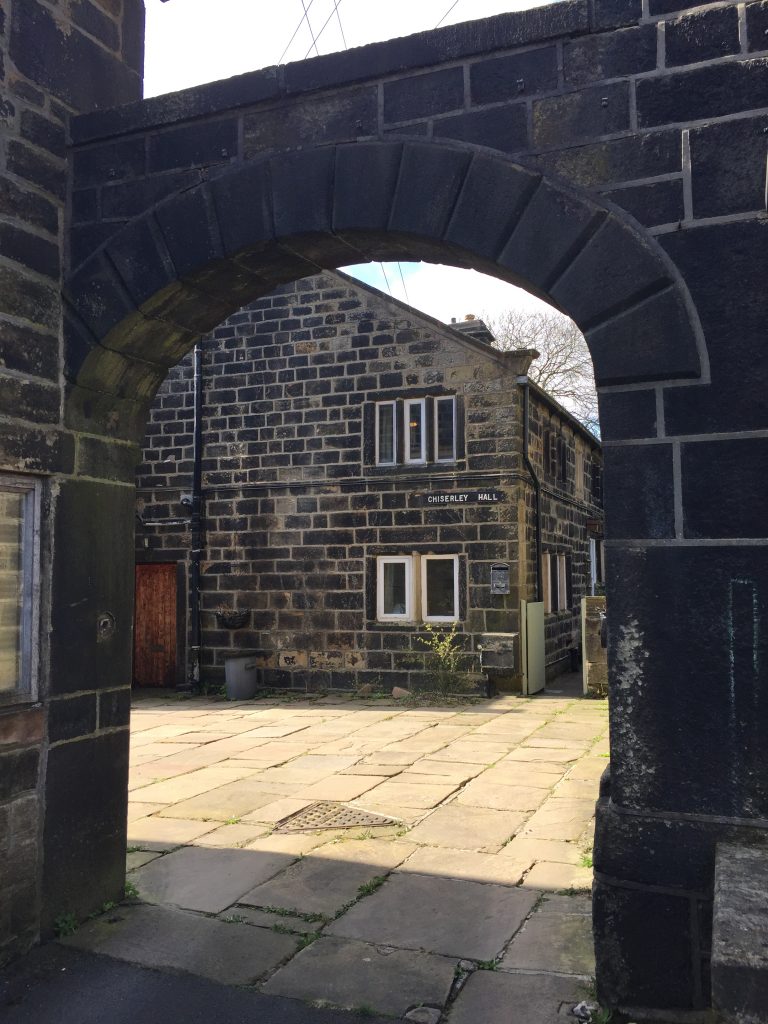
At last I found a cluster of buildings, the most formal of which was approached by a large semi circular arch. I entered the courtyard hoping that the resident would come out but no. I was, however, able to find a date stone with 1617 William Mitchel. Mitchell Brothers bought out Old Town Mill and have their name emblazoned in the wrought iron gates at the mill. I’d taken a photo of these enormous rusting gates several times. I expect the 1617 Mitchel is an ancestor of the Mitchell brothers.
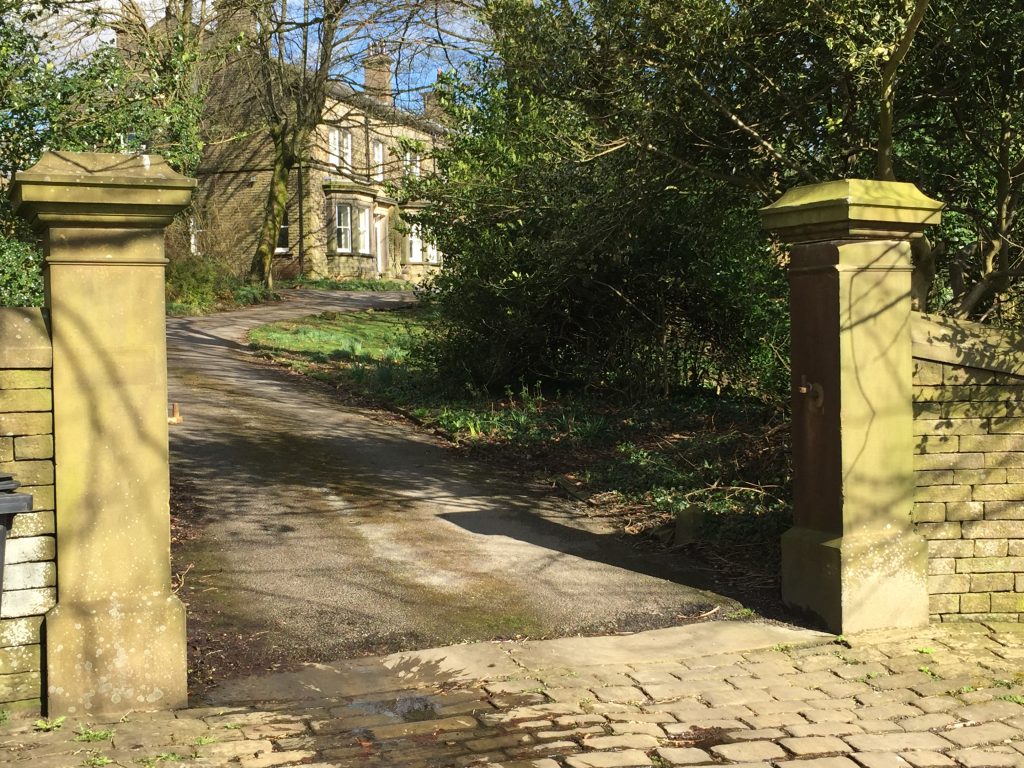
My next quest was to find ‘Summerfield’, a large formal building, looking quite Victorian which had been home to two of James Hoyle’s children, Abraham and John and their wives and families. Again it wasn’t clear from the map how to access the property. It appeared to be a large mansion in its own grounds but with the help of a lady walking her dog she led me down a small track from Chiserley Hall which turned out to be a short cut to Walker Lane, just by Summerfield House. Two imposing gate posts flanked the drive and I walked up to take a photo.
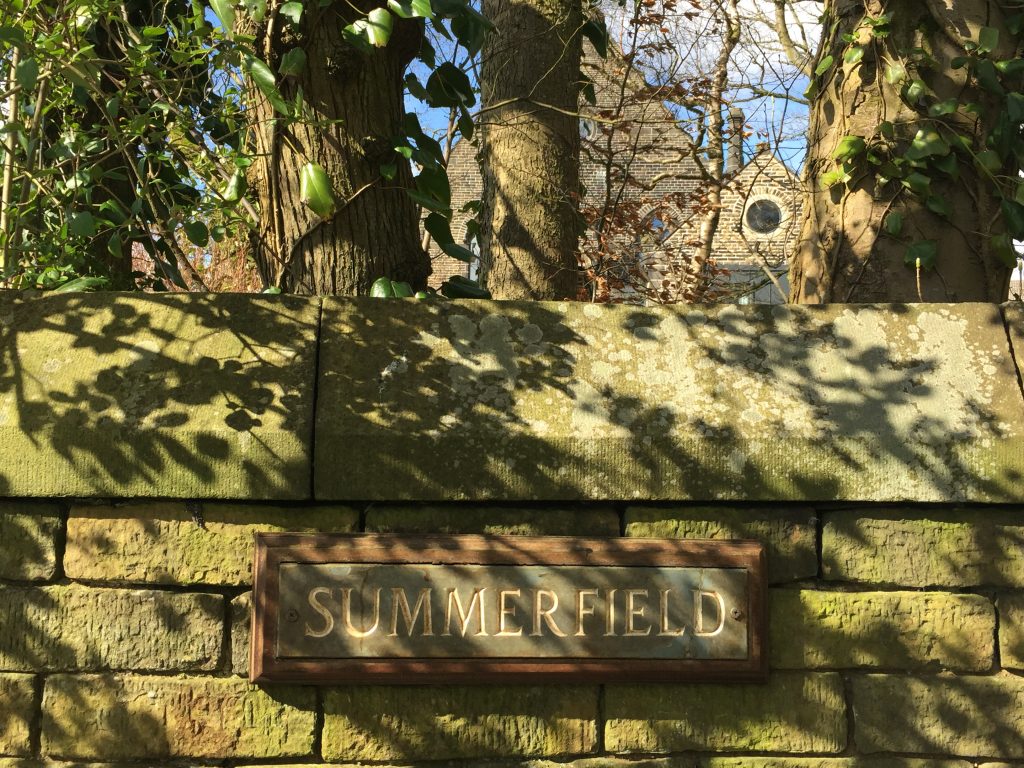

Directly across Walker Lane from Summerfield is Ibbotroyd where James was living in 1861 with his wife Jane and 6 children. In the census James’s profession is given as Master cotton spinner and his son, Abraham, aged only 20, is a Master Cotton Manufacturer. The family also had a live in servant, 20 year old Emma Mitchell. I wonder if she was connected with the Mitchell Brothers of Acre Mill.
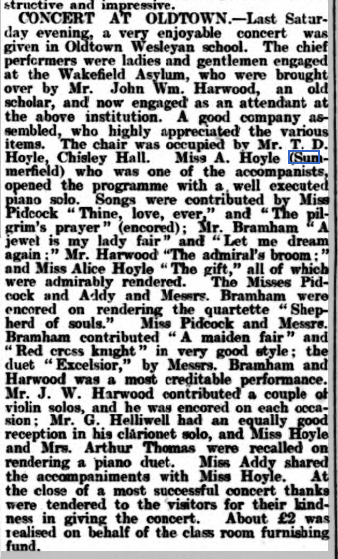
As I walked back into the Calder Valley I looked back at Old Town. The distinctive mill chimney and several storey mill was on the skyline on the far left, to it right was Ibbotroyd house and on the far right was Summerfield. ‘If a picture paints a thousand words . . .’
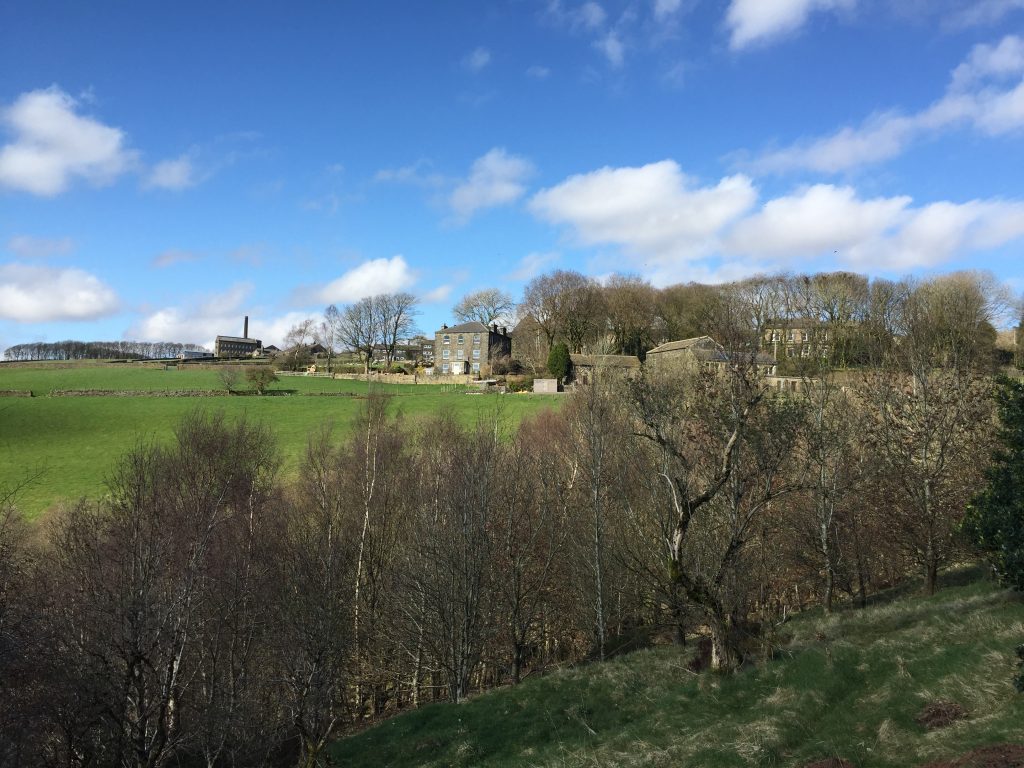
So far I haven’t explained the Hoyle’s relationship to my family tree. James’s youngest child was Miriam. Her father died before her 6th birthday. Her mother continued to live at Ibbotroyd. She was sent to a boarding school at Bilton near Harrogate, a sign of her social status. I have still to discover more about her life but at the age of 69 she married Richard Redman, a prominent cotton manufacturer in Hebden Bridge and the two lived at Byclough House in Mytholmroyd which I have walked to and photographed.

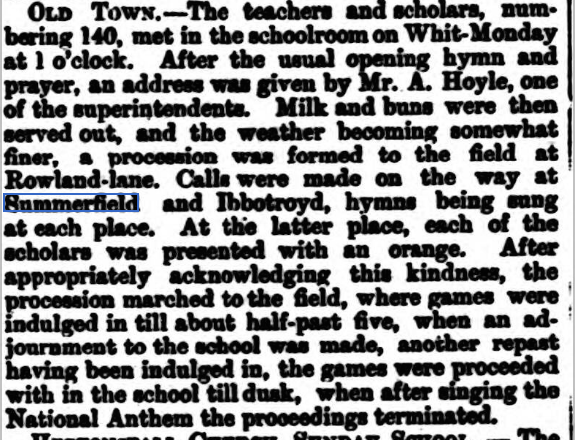
Richard Redman is the father-in-law of my 3rd cousin 2x removed!
They following morning someone had posted a photo of the stone plaque about the water course which fed the mill on a local history Facebook page!
A useful page about Chiserley with photos by Humphrey Bolton:
Leave a Reply